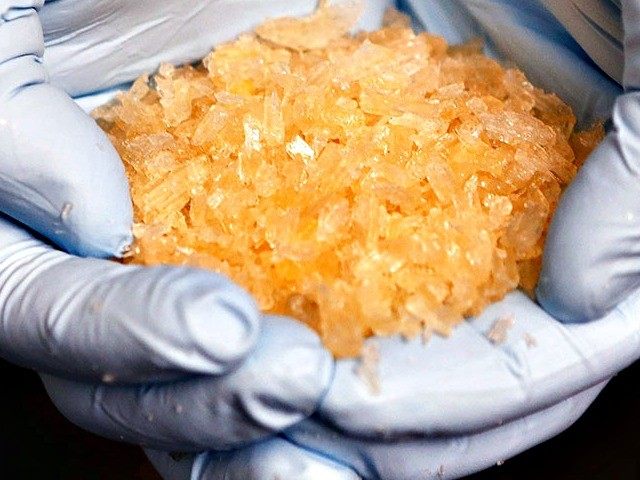Cheap, widely-available marijuana grown in the United States has caused demand for the drug to fall throughout the country, spurring Mexican drug cartels to increase their focus on the production and shipment of heroin and methamphetamine, federal drug seizure statistics indicate.
According to The Washington Post, highly potent marijuana grown in the United States, and the country’s increasingly relaxed regulations regarding the drug, have mitigated the need for the import of lower-grade, brick-packed marijuana from Mexico.
“Legalization of marijuana for recreational use has given U.S. consumers access to high-quality marijuana, with genetically improved strains, grown in greenhouses,” National Autonomous University drug war expert Raul Benitez-Manaut told the Post. “That’s why the Mexican cartels are switching to heroin and meth.”
Drug seizure statistics back up Benitez-Manaut’s claim.
Marijuana seizures along the border have fallen 37 percent since 2011, according to data provided by the Post. Meanwhile, authorities seized 2,181 kilograms of heroin in 2014, almost three times as much as was seized in 2009. Meth seizures have similarly skyrocketed: In 2009, 3,076 kilograms of the drug were seized at the border. In 2014, that figure was 15,803 kilograms. According to the San Diego Union-Tribune, meth seizures accounted for 63 percent of all narcotics seized at all national ports of entry in 2014.
“The days of the large-scale U.S. meth labs are pretty much gone, given how much the Mexicans have taken over production south of the border and distribution into the United States,” Drug Enforcement Administration spokesman Lawrence Payne told the Post. “Their product is far superior, cheaper, and more pure.”
Roughly half of U.S. states and the District of Columbia have decriminalized the possession of small amounts of marijuana, creating a loose network of medical marijuana dispensaries and an uptick in domestic growing of the drug. Washington, Colorado, Oregon, and Alaska have legalized marijuana for recreational use for anyone over the age of 21. And while efforts to legalize the drug for recreational use have failed in states like California, marijuana advocates are already targeting 2016 for the introduction of new ballot initiatives supporting legalization.
U.S. efforts at decriminalizing and regulating marijuana represent a troubling development for cannabis growers in Mexico.
“I wish the Americans would stop with this legalization,” marijuana farmer Rodrigo Silla told the Post in April of last year. “It’s not worth it [to grow here] anymore.”
Adding to the appeal for traffickers is that heroin and methamphetamine are easier to conceal for cross-border trips than marijuana. The Post notes that liquid meth has been found in places as varied as car batteries, fake engine cylinders, and even windshield wiper fluid compartments.
“The criminals are trying to blend in among the legitimate travelers, who are 99 percent of the individuals crossing through here,” Sidney Aki, the Customs and Border Protection San Ysidro port director, told the Post. “That’s the hard part for us.”
In addition to the surge in seizures of heroin and meth, the Post reports that cocaine seizures have fallen off drastically, from 27,444 kilos seized in 2011 to 11,917 kilos seized in 2014. Cocaine is reportedly far more expensive to produce and import than heroin and meth, which can be manufactured relatively cheaply in Mexico.

COMMENTS
Please let us know if you're having issues with commenting.